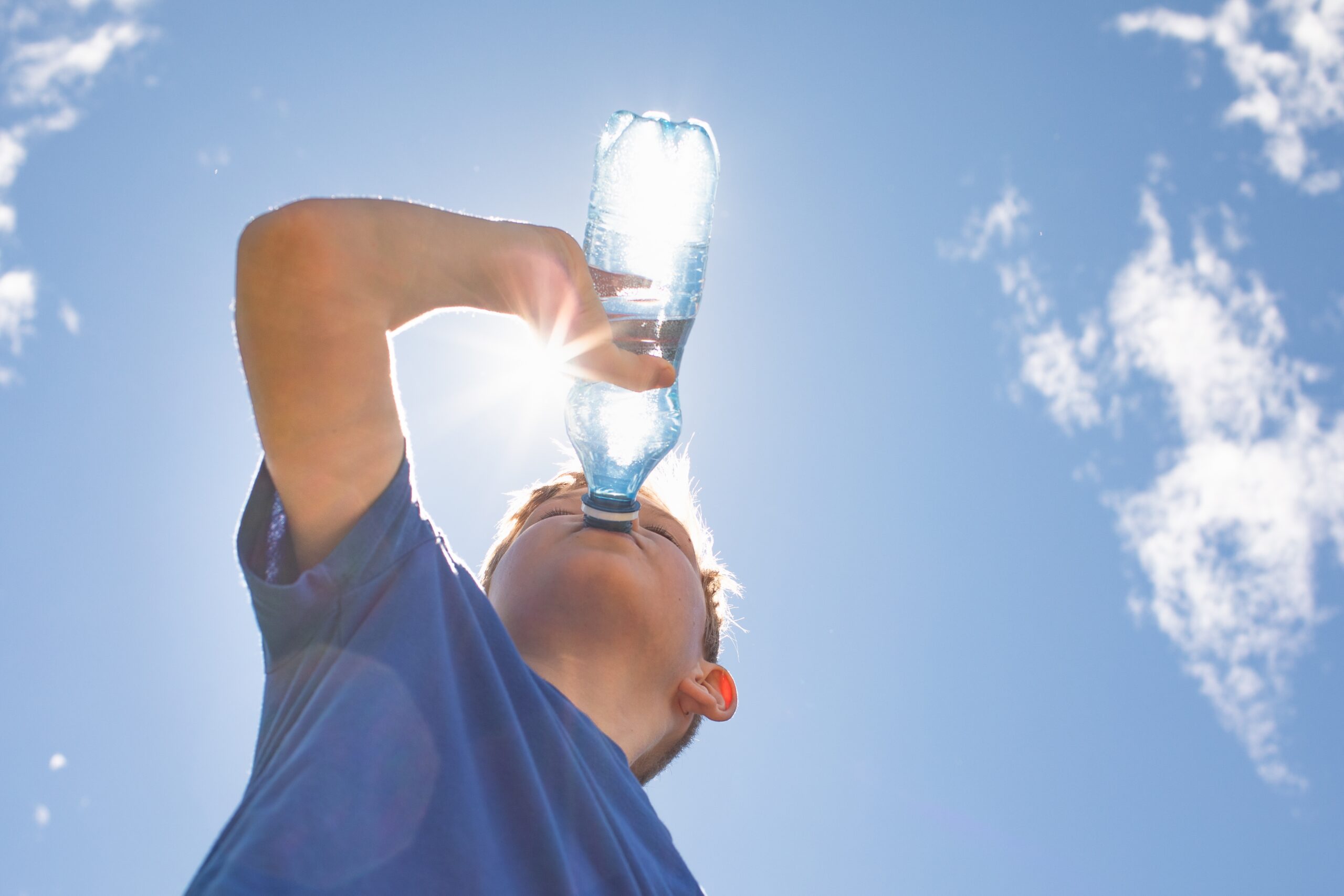Imagine a device so smart, it knows you’re thirsty before you do—yes, the future of hydration is here, and it’s about to put every “drink more water” nag to shame.
At a Glance
- Wearable hydration sensors now track your dehydration in real time—no pee cups or blood draws required.
- Breakthrough bioimpedance technology detects even mild dehydration with greater accuracy than current gold standard tests.
- Clinical trials at top universities signal these sensors are nearly ready for prime time—pending regulatory thumbs-up.
- The ripple effect: safer athletes, healthier patients, fewer hospitalizations, and a data-driven revolution in how we hydrate.
How Science Thirsted for a Smarter Solution
For centuries, dehydration was the sneaky villain crashing marathons, hospital wards, and, let’s be honest, even your neighbor’s backyard barbecue. Symptoms often show up late—by the time you notice, your brain and muscles are already underperforming. Traditional hydration tests are either invasive (hello, bloodwork) or awkward (goodbye, dignity). Enter the age of bioimpedance: tech that measures your body’s water content by sending a tiny, harmless current through your skin. This once-clunky lab tool is now small and nimble enough to live on your wrist or arm, reading your hydration in real time, all day, every day.
Watch: Epicore Biosystem | Wearable Sensors for Sweat & Hydration Monitoring
By 2023, researchers at the University of Texas at Austin and Queensland University of Technology had turned this technology into sleek, wearable sensors. In 2025, WearOptimo and UT Austin unveiled clinical data showing their devices outperformed the gold standard blood draw in catching even mild dehydration. For athletes, firefighters, and anyone who’s ever wondered if that third cup of coffee counts as hydration, this is a game-changer.
The Stakeholders Betting Big on Hydration Tech
University of Texas at Austin and Professor Nanshu Lu lead the charge, envisioning a world where hydration tracking is as easy as checking the weather. WearOptimo in Australia is already running clinical trials and prepping for commercialization. Their Microwearable Hydration Sensor, developed in tandem with Queensland University of Technology, isn’t just a lab curiosity—it’s gunning for a spot in your medicine cabinet, your gym bag, and maybe even your parenting toolkit. Regulatory agencies like the FDA hold the keys to mass adoption, while end users (athletes, first responders, the elderly, and everyday folks) will decide just how fast this tech becomes as common as step counters.
Clinical Trials, Real-World Data, and the Run-Up to Market
In March 2025, WearOptimo dropped a bombshell at the LSI USA Emerging Medtech Summit: their sensor bested traditional blood tests for detecting dehydration—especially the mild kind that usually slips right under the radar. By July, UT Austin published peer-reviewed results, confirming the device’s accuracy and its seamless pairing with smartphones for continuous updates. Both sensors are in advanced R&D, not yet on store shelves, but commercial launch is on the horizon pending regulatory green lights.
The devices’ ability to spot dehydration before you feel thirsty is poised to change everything from marathon training to chronic illness management. As population studies roll out and regulatory agencies review the data, the countdown to everyday use begins.
Bigger Than a Gimmick: The Impact on Your Health, Wallet, and Society
Imagine a world where a sensor nudges you to sip water before your brain fogs or your heart races. For athletes and first responders, it could mean the difference between peak performance and a dangerous crash. For patients with kidney or heart issues, the risk of hospitalization could plummet. For the rest of us, it promises a gentle nudge toward better daily habits—no more playing hydration roulette based on guesswork.
On a grander scale, the shift toward data-driven hydration could transform public health, slash healthcare costs, and inspire insurers and employers to incentivize smart hydration as a pillar of wellness. As these wearables become as familiar as fitness trackers, expect insurance companies, hospitals, and tech giants alike to scramble for a piece of the action.









